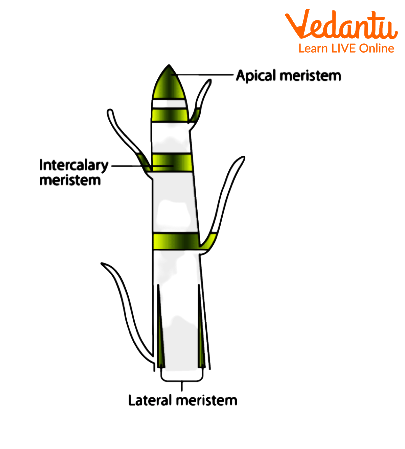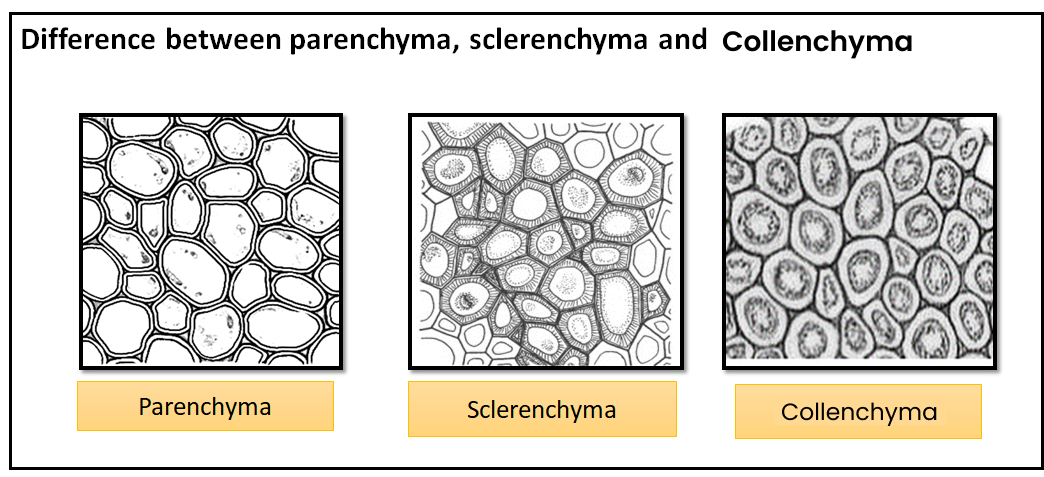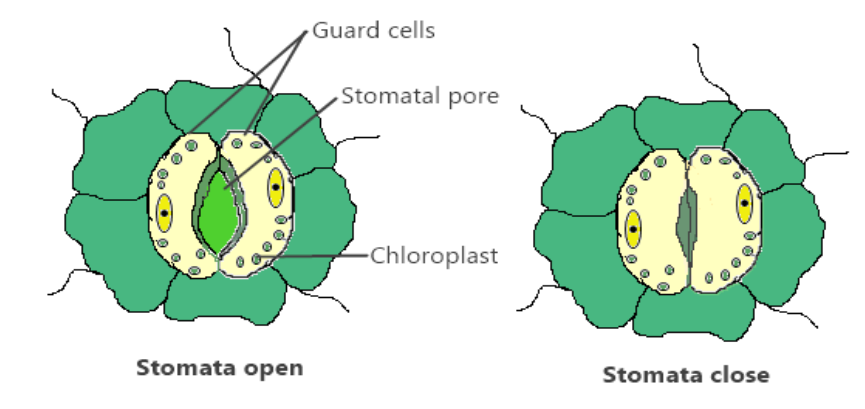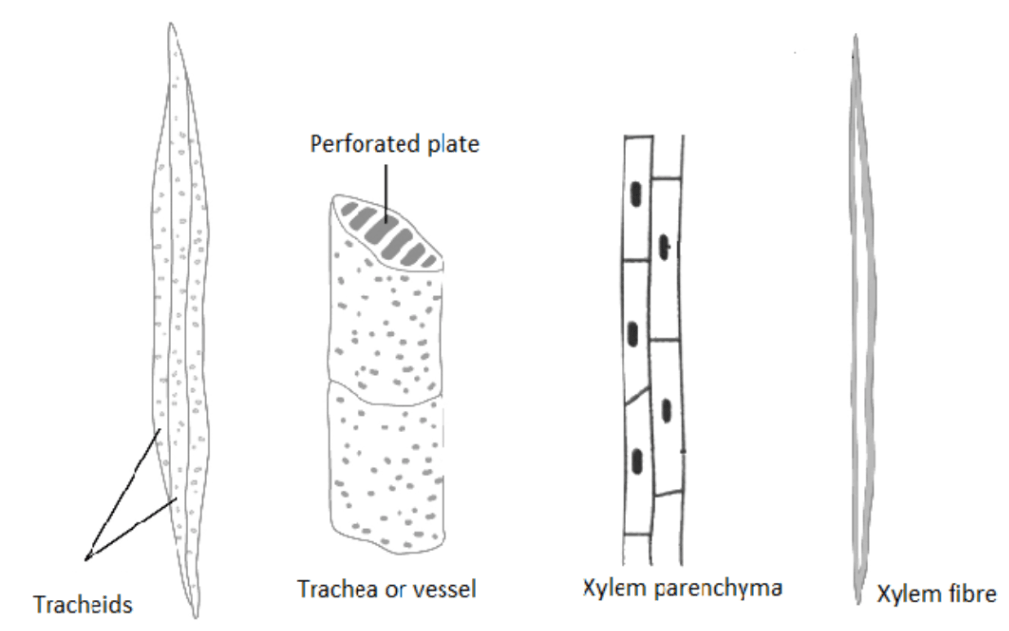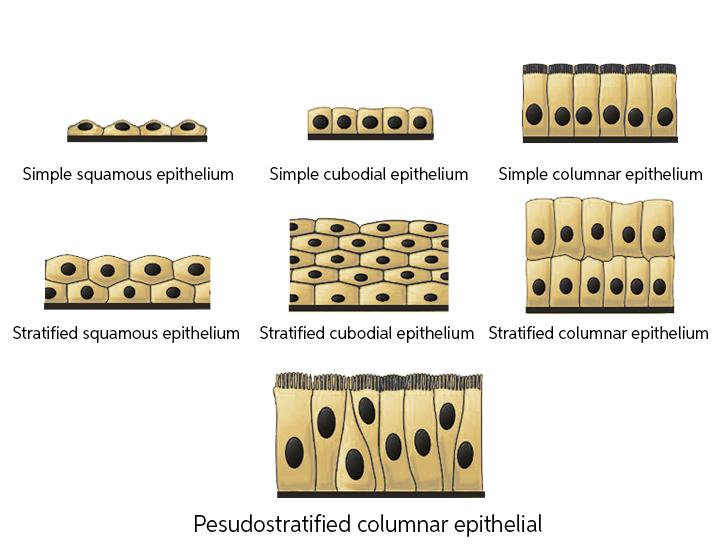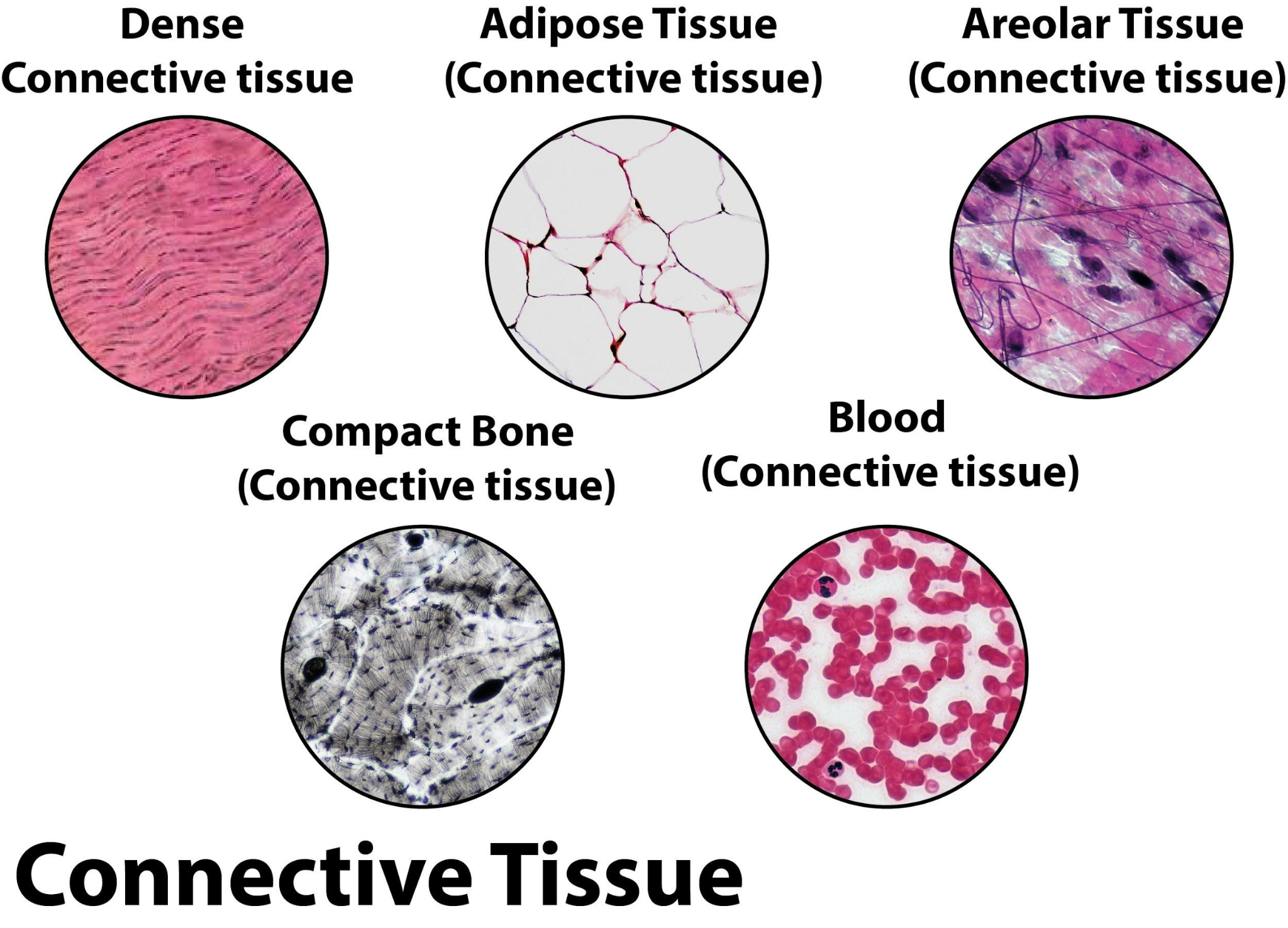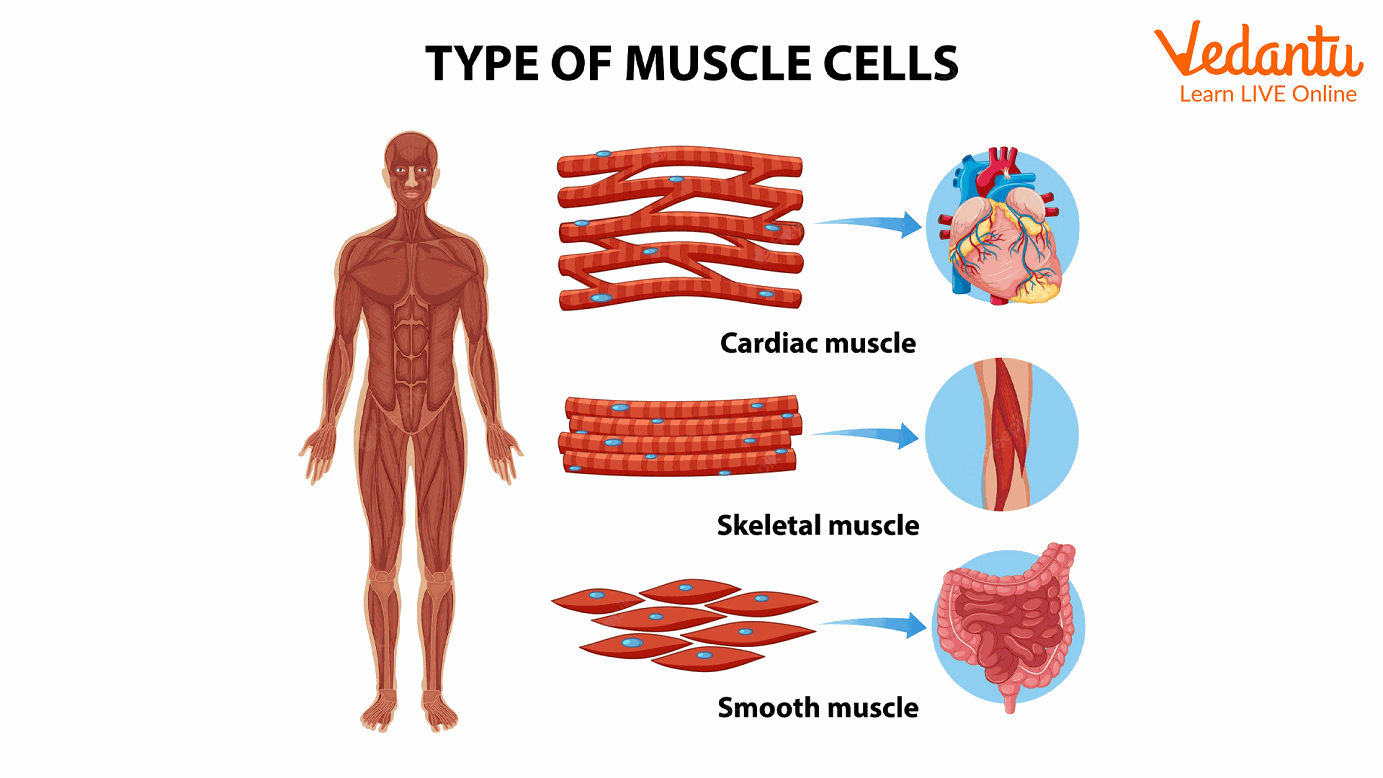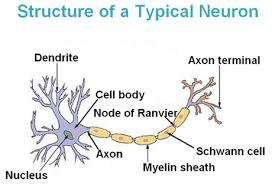Science Chapter 6 Class 9 Tissue Notes - FREE PDF Download
Tissues Class 9 Notes: CBSE Science Chapter 6
FAQs on Tissues Class 9 Notes: CBSE Science Chapter 6
1. Will Chapter 6 Notes help in memorizing the different kinds of animal tissues?
By referring to the Class 9th Science Chapter 6 notes, you can easily differentiate and remember the different kinds of animal tissues.
2. What is Chapter 6 Tissues of Class 9 Science?
Chapter 6 of Class 9 Science is Tissues. This chapter aims to give you knowledge about an important topic in Biology that is the structure made up of cells known as tissues. Further, the chapter goes on to discuss the various kinds of tissues that are both plants and animals, their function and sub divisions along the structure of each tissue. It is an important chapter and a student is expected to study all the topics from this chapter thoroughly.
3. What are plant tissues according to Chapter 6 Tissues of Class 9 Science?
When we talk about plants, it is usually kept in mind that plants are static in nature, unlike animals. There is no such movement in the case of plants. For the same reason, plants are usually made of dead cells which form a strong textured tissue structure that gives mechanical support to the plants. This mechanical support is essential since plants usually have direct exposure to various environmental factors like wind, storm, heavy rain, and sunlight and need to withstand it as well.
These solutions are available on Vedantu's official website(vedantu.com) and mobile app free of cost.
4. What are the types of plant tissues according to Chapter 6 Tissues of Class 9 Science
The revision notes available on Vedantu give you a clear understanding about the concept of tissues. Here, you will get a detailed explanation for both animal and plant tissues. The plant tissues are also classified into different types namely the meristematic tissues, the permanent and complex permanent tissues as such. All these types are also explained in detail in the revision notes for helping the students to understand this chapter better.
5. From where can I download the revision notes for Chapter 6 Tissues of Class 9 Science?
You can download the Chapter 6 Tissues of Class 9 Science notes from Vedantu. It is a very easy process and you can download it with an internet connection without any difficulty. The plus point is that once you download it, you will be able to study from these notes offline as well.
Go to the website of Vedantu by clicking here.
You’ll find the Class 9 Science Chapter 6 Revision Notes here.
Click on the download pdf option.
Once the notes are downloaded, you can study from them in both online and offline mode.
6. What are the types of animal tissues according to Chapter 6 Tissues of Class 9 Science?
The tissues that are found only in animals are called the animal tissues. These animal tissues are also classified according to their position in the animal or human body, their structure, and their functions. The animal tissues are as follows:
Epithelial
Muscular
Connective
Nervous
Study the chapter thoroughly and go through the revision notes to get an idea of the tissues and refer to their pictures and diagrams to understand and relate better.




















 Watch Video
Watch Video

